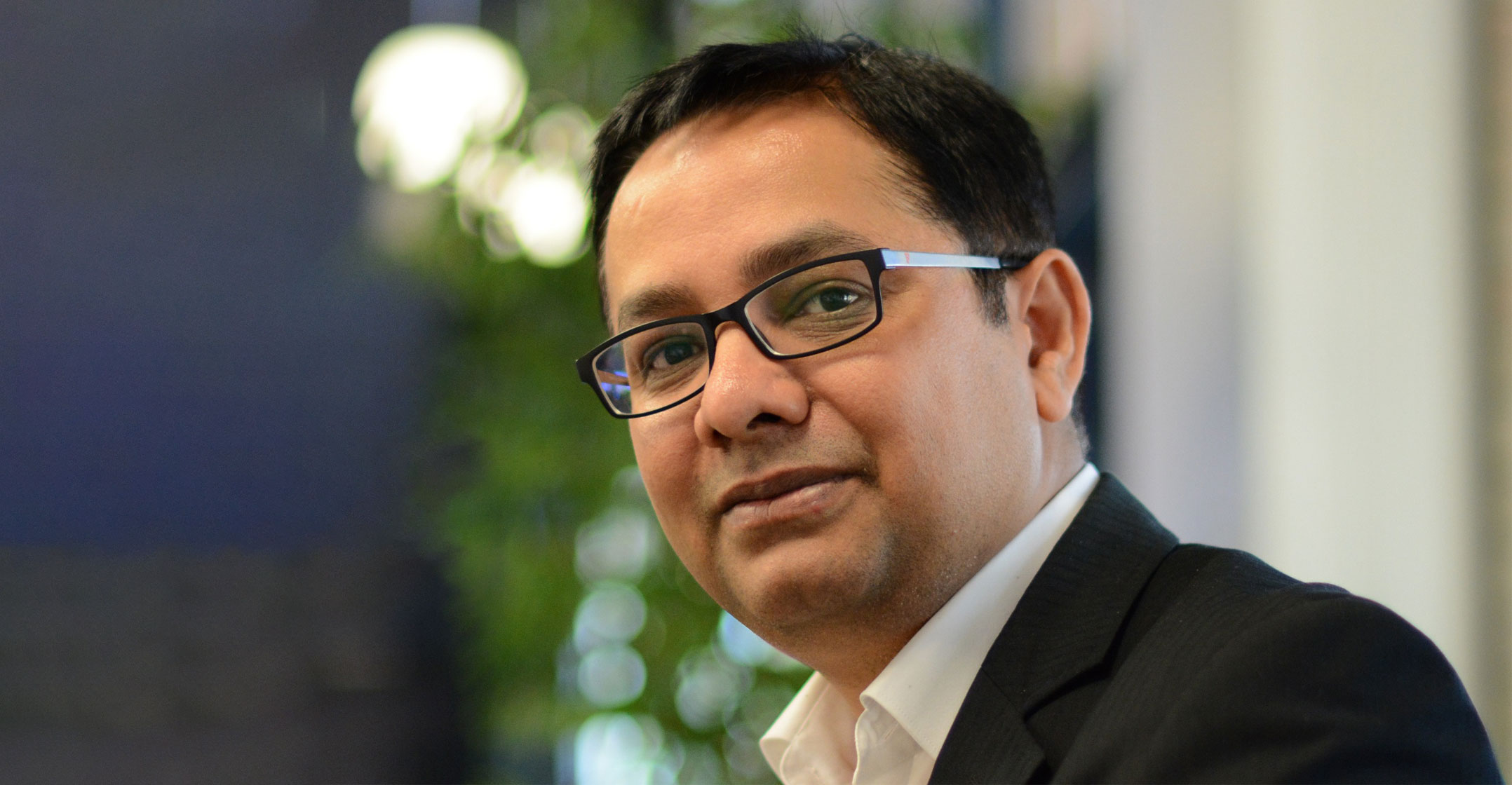
Two years ago, Accenture published a report on the potential impact of blockchain technology on the investment banking industry. Since then, interest in and funding for this type of financial technology have grown exponentially. An estimated US$75m was invested in blockchain efforts specific to capital markets in 2015, up from $30m in the previous year. By 2019, that figure is expected to reach $400m, amounting to a compound annual growth rate of 54% — forecasts that may prove conservative.
Several groups have also shown an interest in exploring blockchain technology for banks. The Linux Hyperledger Project aims to “develop an enterprise-grade, open-source distributed ledger framework and free developers to focus on building robust, industry-specific applications, platforms and hardware systems to support business transactions”. Similarly, an R3-led consortium of more than 40 institutions is developing blockchain-enabled solutions specifically for capital markets. Even major central banks are exploring how to leverage opportunities created by blockchain technologies. All signs suggest that blockchain-enabled distributed ledgers are coming. The question is: are investment banks ready for this opportunity?
Despite significant technological gains in capital markets over the past 20 years, middle- and back-office functions remain old-fashioned, slow and inefficient — thanks to overly complex processes involving many counterparties, manual tasks and third-party service providers. Although improvements have been made in trade and post-trade processing, they have not kept pace with front-office advancements by any stretch of the imagination. Assets that trade electronically in the blink of an eye often take days to settle.
In a blockchain-based distributed ledger environment, clearing and settlement could occur within seconds. Perhaps more importantly, blockchain distributed ledgers could be optimised to clear and settle at different speeds depending on the market participant’s needs. Retail traders typically want to access money from a stock sale immediately, whereas market makers usually need a longer settlement time to net trading activity. In addition to reducing settlement times, blockchain technology creates an opportunity for new products that optimise settlement for participants and price the service accordingly.
Distributed ledger and blockchain technology won’t replace the current capital markets ecosystem, as some have predicted. Instead, banks will use it to improve efficiency and client service by fundamentally restructuring existing processes. In a post-crisis world, it is unlikely that regulators will allow “trustless” transactions in capital markets. However, they may be interested in examining how distributed ledger and blockchain technology can improve the current financial system by optimising execution and settlement, and increasing transparency.
Regulatory acceptance
The most mature distributed ledger blockchains to date are cryptocurrencies, and regulators have reacted positively to them, even licensing several exchanges. Given the technology’s ability to remove single points of failure, provide a cryptographically secure and immutable audit trail, and reduce counterparty risk, they appear to be cautiously optimistic about the potential for distributed ledgers and blockchains in capital markets.
In the next phase of discovery, participants will be working with regulators to explore regulatory and legal classifications; where is it simply a new tool, versus where is it an asset and what does that mean? They will also explore assets traded on and off chain, and how to reconcile assets that trade in both environments; as well as standards, laws and regulations as they apply to on-chain asset ownership rights.

Despite the obvious challenges, distributed ledger and blockchain technology could allow regulators to track individual transactions and asset movements across multiple counterparties easily over time. Capital market players would benefit from lower regulatory reporting costs since the transaction ledger would be shared and regulators would be able to access the distributed ledger or blockchain directly.
Like any great idea or new technology, distributed ledgers and blockchains are not perfect. Key challenges include privacy versus traceability, security, scalability, implementation, governance and latency.
In our view, distributed ledger and blockchain technology solves two of the most fundamental challenges associated with financial transactions: reconciliation and auditability. It also holds the promise of settlement optimisation, which would remove a tremendous amount of friction from the current trading lifecycle and unlock a vast amount of capital that is trapped in the settlement process.
- Prashant Prakash is blockchain lead for the financial services practice at Accenture in South Africa




